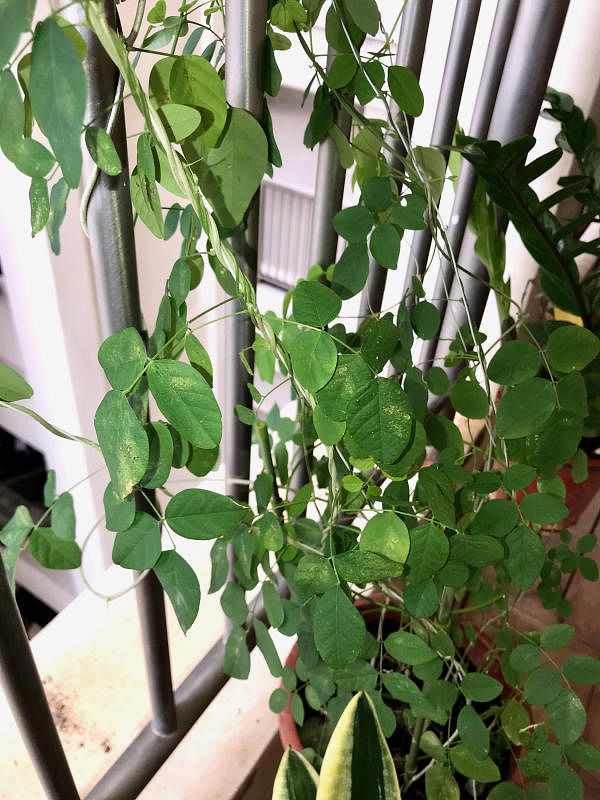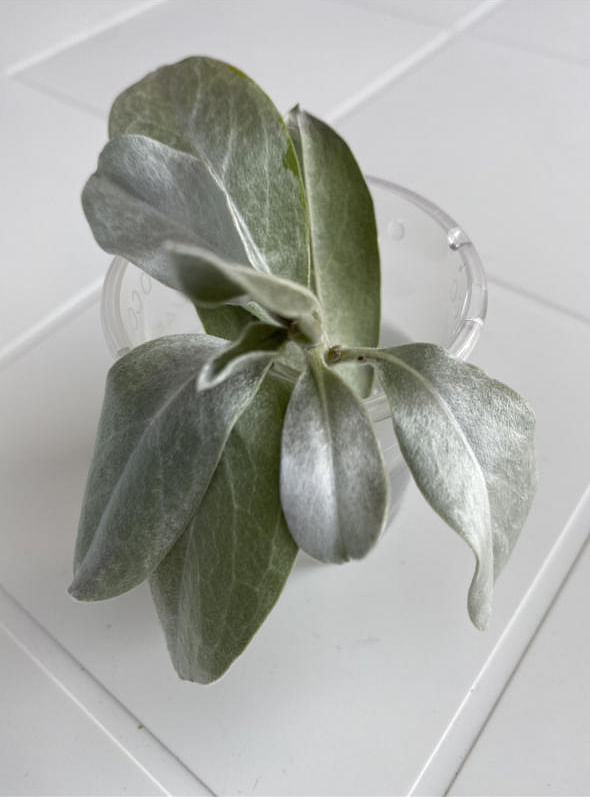Root Awakening: Rose plant infested with thrips
Sign up now: Get ST's newsletters delivered to your inbox

Thrips scrape and damage plant tissue.
PHOTO: NG CHIANG CHOON
Wilson Wong
Follow topic:
Rose plant is infested with thrips
I have a pot of roses which used to bloom beautifully. Over the last four months, it is still producing lots of flower buds, but they either wither before blooming or look dead when they bloom. What went wrong?
Ng Chiang Choon
It appears that your rose plant is infested with thrips. These pests look like small, longish insects. They scrape and damage plant tissue.
Their damage is most obvious in the flowers. Flower buds become deformed and have brown streaks or edges on the petals. They often fall before they can develop fully.
Unfortunately, thrips are very common pests on rose plants and they are very difficult to control using most pesticides, be it organic or chemical.
The most effective and selective pesticide to manage thrips is spinosad and it needs to be rotated with others to reduce the likelihood of pest resistance. Microbial pesticides that contain entomopathogenic fungal species, such as Beauveria bassiana and Metarhizium anisopliae, may provide some control too.
Both pesticides are used by professionals and can be quite costly to purchase and use for hobbyists.
Mugwort is a medicinal plant

What is the name of this plant and is it edible?
Jill Tan
The plant is commonly known as mugwort (Artemisia vulgaris). It is grown as a medicinal herb and used to treat health issues related to the digestive and female reproductive systems. It should not be taken in large quantities as it is reported to be slightly toxic. Pregnant women should avoid consuming it.
A common way to eat it is to make an omelette with its finely chopped leaves. This herb grows easily from stem cuttings and needs direct sunlight to grow well. The soil should be kept moist and well-drained.
Blue pea is infested with spider mites

The leaves of my blue pea plant started having white spots and rotting lately. How can I save it?
Neo Bee Leng
Your blue pea plant (Clitoria ternatea) has a spider mite infestation which can be seen from the white patches on its leaves. Under the leaves, you can see the pests - they appear as tiny red dots that move around.
You can prune the heavily infested leaves and spray a dilute solution of castile soap, sulphur soap or summer oil on the plant, during the cooler part of the day, to kill the adult mites. Repeated applications are required to keep the pest population under control.
When new growth occurs, consider spraying the foliage daily with water to wash off the mites and to keep the pest numbers low.
A windy and dry environment, allowing the plant to dry out or growing it in perpetually wet soil can make it more prone to infestation by this pest.
Culinary herb is sawtooth coriander

What is the name of this plant? My helper from Myanmar eats it with her noodles and salads.
Low Wan Leng
The plant is commonly called the sawtooth coriander (Eryngium foetidum). It is a culinary herb. Its leaves have a strong coriander-like scent, hence only a small amount is used each time.
This plant is easier to grow than the coriander plant (Coriandrum sativum) in the lowland tropical climate of Singapore. It can be grown under filtered sunlight with moist, well-drained soil.
Tree with silvery leaves is Silver Buttonwood

What is the name of this plant I saw in the Tampines estate? Its leaves are silvery grey.
Magdalene Fu
The tip cutting is likely taken from a plant that is commonly called Silver Buttonwood. Its botanical name is Conocarpus erectus var. sericeus. A dense coat of fine white hairs covers its leaves, giving rise to a silvery appearance and furry texture.
This tree grows best in a sunny location with well-drained soil. Due to its appearance, this species is suited for planting in a silver-themed garden. It looks great when light is projected onto its foliage at night.
- Answers by Dr Wilson Wong, an NParks-certified practising horticulturist, parks manager and ISA-certified arborist. He is the founder of Green Culture Singapore and an adjunct assistant professor (Food Science & Technology) at the National University of Singapore.
- Have a gardening query? E-mail it with clear, high-resolution pictures of at least 1MB, if any, and your full name to stlife@sph.com.sg. We reserve the right to edit and reject questions.

